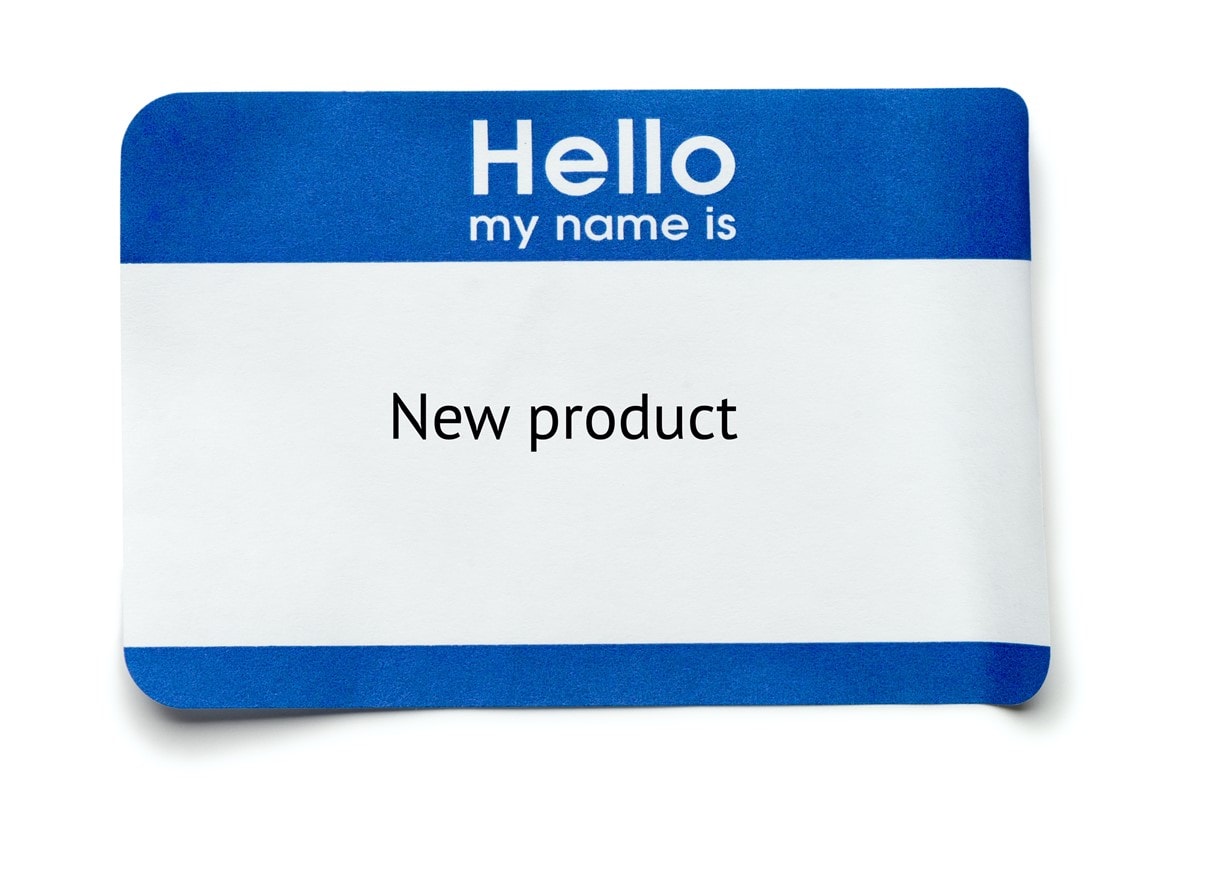
Naming a new product? Read these tips.
Naming a new product can be frustrating and emotional. Why?
Because the person or team who invented the product often feels very attached to its name. It can be difficult to find a name that isn’t already taken. Marketing and Development sometimes disagree on which name will work best in the market.
When you get the right stakeholders to agree on the overarching goals and nomenclature, you can take the pain out of naming new products.
For a smoother product-naming process, follow these tips:
- Establish an agreed-on process for naming new products.
- Include the right stakeholders.
- Understand your target audience.
- Avoid using the new product name before it’s approved.
Establish a process and nomenclature for naming new products
A clear product-naming process, complete with a guide for the entire organization to follow, is your best bet for naming new products in a timely, consistent manner.
As you create or refresh your process, keep in mind the company’s awareness and business goals. These will guide the type of product names you use.
For example, if your company desires more brand awareness, consider having all products begin with the company name. IBM follows this master brand naming approach, where all solutions begin with “IBM®.”
If you’re not concerned with overall brand identity or awareness, you may choose a nomenclature that is invented and will need to gain brand recognition over time, such as “Kleenex® tissues.”
If you want website visitors to quickly get an idea of what your products do, follow a descriptive naming process versus an arbitrary one: “AT&T wireless” rather than “Bluetooth.”
Keep in mind that you want to choose product names that align with your brand promise, voice, and personality. More formal companies tend to choose more descriptive names, whereas spunky startups lean toward inventive names.
Make sure it’s easy to spell. Will it be part of a product line?
Involve the right stakeholders
For the people who created the product, product naming is always very personal. It’s their baby.
To that end, once you agree on your standard nomenclature, figure out the actual process for naming new products. For example, involve legal early on to check trademarks before product owners get too attached to a name.
Involve marketing to ensure that the name fits with the overall brand nomenclature and that it resonates with the product’s target audience.
It’s important to co-create the new product name between Development and Marketing. Otherwise, one group may get so far down a path that it’s difficult to get them to agree to any change — even when a change may be what’s best for the company.
The best process I’ve seen called for Marketing and Development to brainstorm names together, take the top three names to legal for vetting, then offer the top two to the heads of development and marketing at the same time.
This process enables everyone to agree on the name and support the outcome.
Understand your target audience
Another thing to consider when naming a new product is your target audience. You want to treat them like you really know them. What are their demographics? Are they already familiar with your organization? How would they react to a descriptive versus inventive product name?

If you plan to sell your new product in more than one country, ensure its name will resonate globally. For example, when Pepsi debuted its “Pepsi brings you back to life” slogan, it translated in China as “Pepsi brings you back from the grave.” You can read about more global product name failures here.
One of the best ways to understand your audience is to create buyer personas or buyer empathy maps. Truly understanding your buyers can help you choose the right type of name for your new product.
Avoid using the new product name before it’s finalized
Naming a new product can be time-consuming. Therefore, some companies release a beta product before the naming process is complete.
As a result, customers hear the name and employees get used to, and even attached to, the name. This can be problematic if Legal finds that the name is already trademarked or used by another company.
If you must release a beta product before it has a name, use a short generic product description until you have a final, approved name. Otherwise, even if you must choose a different approved name, customers and employees may use the unauthorized name for months, or even years later, since names are sticky.
To take the pain out of naming a new product, follow an approved process, understand your audience, and involve the right stakeholders in naming.
For more tips on messaging, communications, and marketing, subscribe to our blog.





